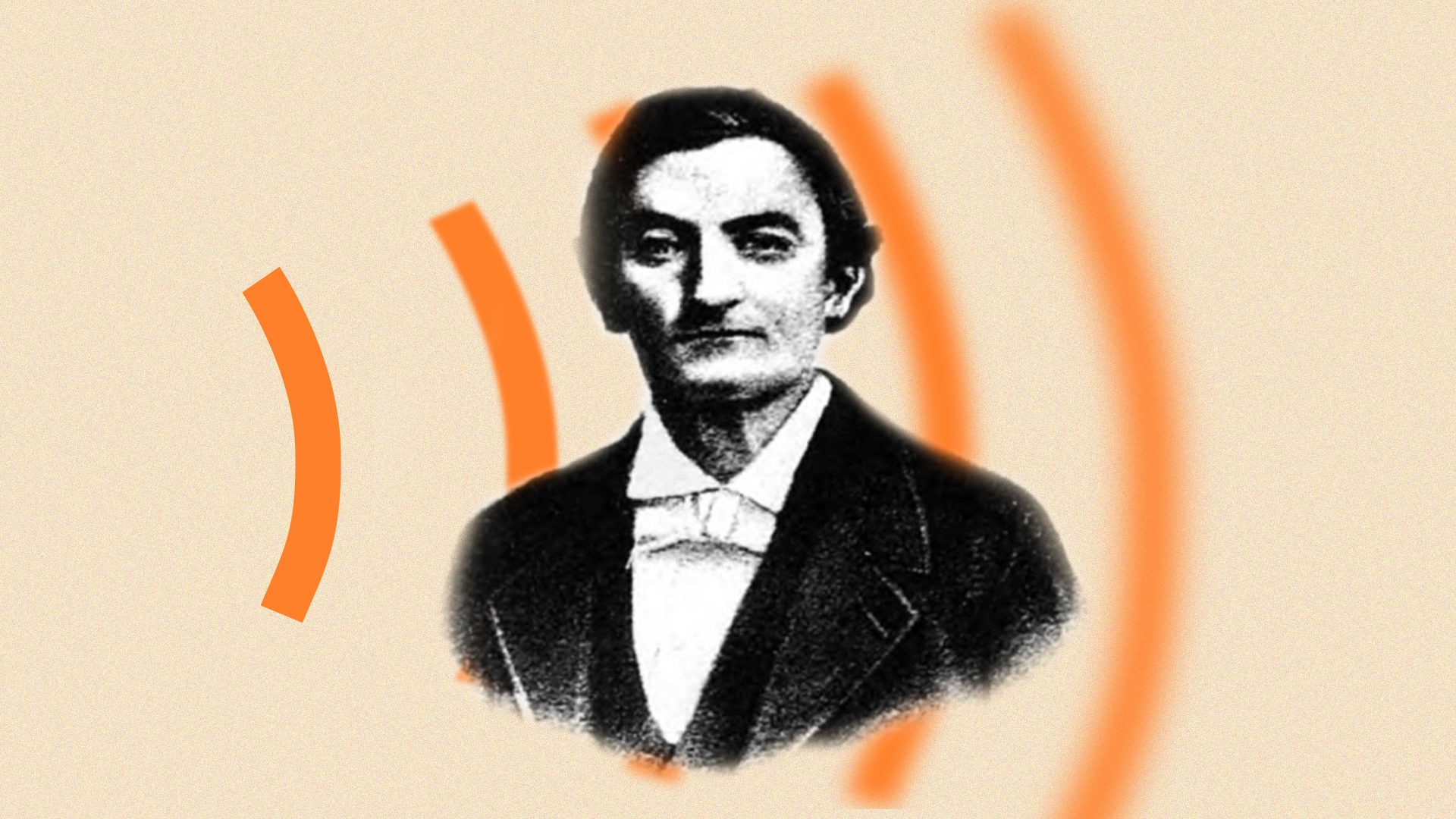The Jireček line is named after the Czech historian Konstantin Jireček. It divides the Balkan peninsula into a northern half, where the Latin language and Roman culture became dominant under the Roman empire, and a southern area where the Greek language and Greek culture remained
dominant even under Roman military and political control. The line ran from east to west, from Varna on the Black Sea coast of modern Bulgaria, across North Macedonia, and then through Albania to the Adriatic coast. Jireček established the location of his line on the basis of the extent to which
inscriptions from the period were written in Latin (to the north) or Greek
(to the south).
In time, Romance dialects and languages which descended from Latin became dominant all over an area north of that line, covering not only the
part of the Balkans now occupied by modern Bulgaria and former Yugoslavia but also stretching north into Bavaria, Switzerland, Austria, and Hungary.
Most of these Romance dialects disappeared over the centuries, as they were replaced by the languages of the Germanic-speaking, Slavic-speaking and Magyar-speaking peoples who invaded from the north and east; but Romance-speaking enclaves did survive to varying degrees in different
places. The largest and most obvious example is the major contemporary language Rumanian.
Romansch, the modern Swiss Romance language, was also formerly spoken over a much wider area than it is today, including in Liechtenstein. Elsewhere, Pannonian Romance was spoken in parts of Hungary until perhaps the 700s AD; and the same was true of Latin-descended varieties in
parts of the eventually German-speaking Austria and Bavaria.
One Romance language which survived until very much later than that was Dalmatian. Located on the eastern shore of the Adriatic, Dalmatia is the relatively narrow strip of land running along the coast of Croatia. It includes well-known Croatian tourist islands such as Hvar, as well as the ancient town of Ragusa, modern Dubrovnik. The largest city is Split, which was the location of the palace of the Roman Emperor Diocletian, who seems to have been born in Dalmatia.
Dalmatian lived on for many centuries after the 7th- and 8th-century southward migrations of Slavic speakers had first penetrated into the Balkans and submerged other Romance dialects. It was the official language of the maritime Republic of Ragusa, which lasted from 1358 until 1808, when it was overrun by Napoleon’s armies.
Most of what we know about the language itself comes from the Dubrovnik dialect. Dalmatian survived until the mid-1800s, lasting longest on the island of Vikla, (Italian Veglia, Croatian Krk). The Ragusan Senate at one time passed a law banning the use of Slavic for official use, but in the end that did not help to save the language.
The last known speaker of Dalmatian was Tuone Udaina. He was not a native
speaker of the Krk dialect of Dalmatian but had acquired some knowledge of it from his parents. They were native speakers and used it to talk to each other, though not to him.
Tragically, we are able to give a very precise date to the disappearance of the Dalmatian language from the face of the earth: Mr Udaina was killed in an
explosion during road-construction works on June 10, 1898.
DAVOS
A number of places in predominantly German-speaking eastern Switzerland have names which are pronounced with the stress on the final syllable, revealing that they are of Latin origin: Davós, St Morítz, Sargáns. The stress-pattern of the name of the capital of neighbouring Liechtenstein – Vadúz – also reveals its Latin origins.




